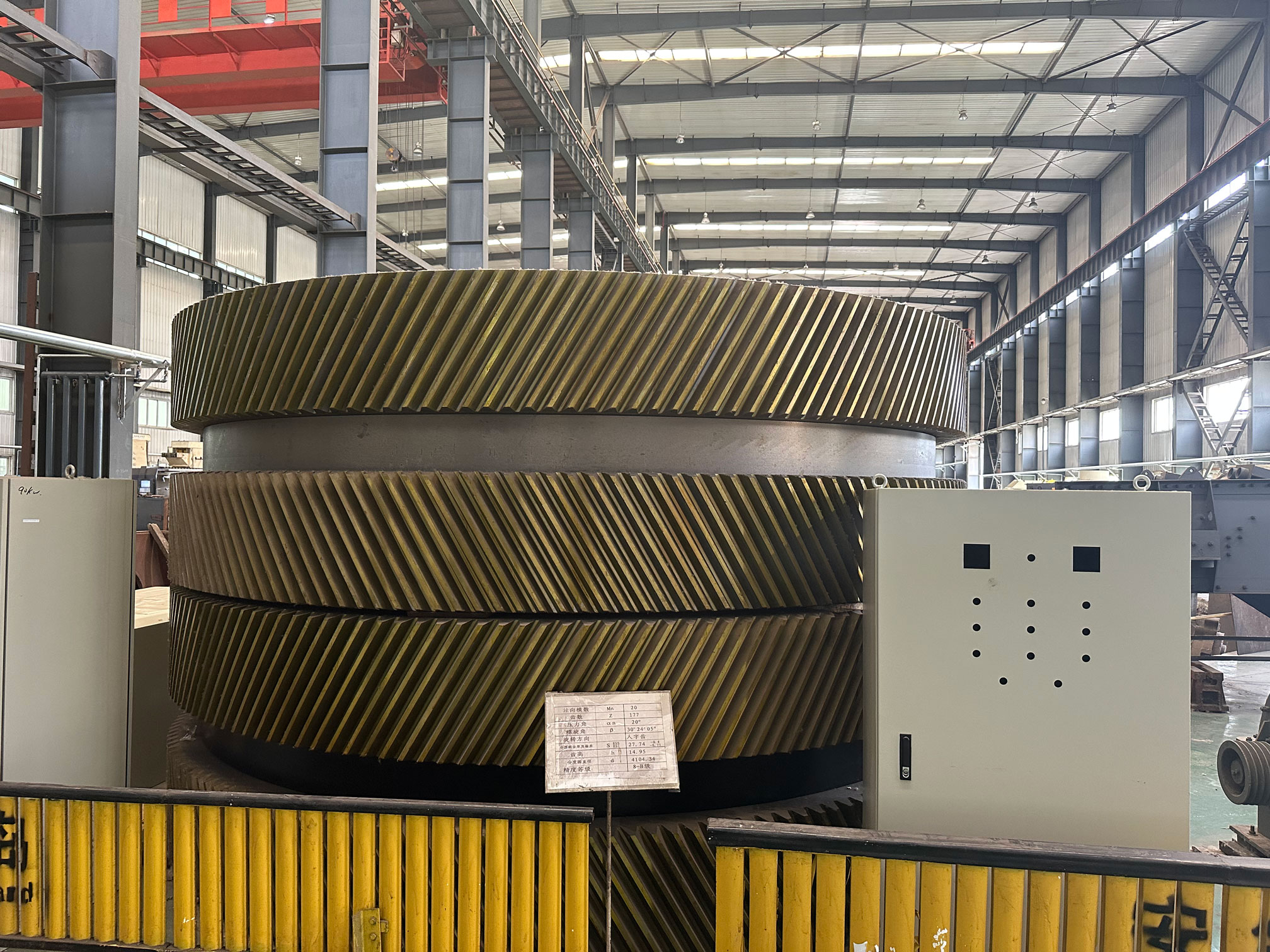Herringbone Gear is a type of gear transmission device that consists of a series of V-shaped teeth. Its distinguishing feature is that the teeth on both sides of the gear are in opposite directions, resembling the pattern of the letter "V," hence the name Herringbone Gear. This design helps to reduce noise and vibration while providing smoother transmission.

The characteristics of a herringbone gear include:
1.High transmission efficiency:
The design of the herringbone gear enables high transmission efficiency, facilitating efficient energy transfer. This is beneficial for applications that require efficient energy transmission and minimal energy loss.
2.Reduced noise and vibration:
The unique V-shaped teeth of the herringbone gear design help reduce noise and vibration. Compared to other types of gears, herringbone gears provide smoother and quieter operation.
3.Even load distribution:
The design of the herringbone gear allows for even load distribution across the tooth surfaces, reducing localized loading and gear wear. This contributes to improved gear lifespan and reliability.
4.High load-carrying capacity:
Herringbone gears are commonly used in applications that require high loads and torque. Their design enables them to withstand significant forces and torque, making them suitable for heavy-duty equipment and high-load transmission systems.
5.Compact structure:
Herringbone gears have a compact design, occupying relatively less space. This allows for efficient transmission within limited space, making them suitable for applications where space-saving is necessary.

IN SUMMARY, the Herringbone gears produced by Sanland have high transmission efficiency, high load-carrying capacity, and a compact structure. They are suitable for various mechanical applications. We welcome inquiries and orders from major enterprises!